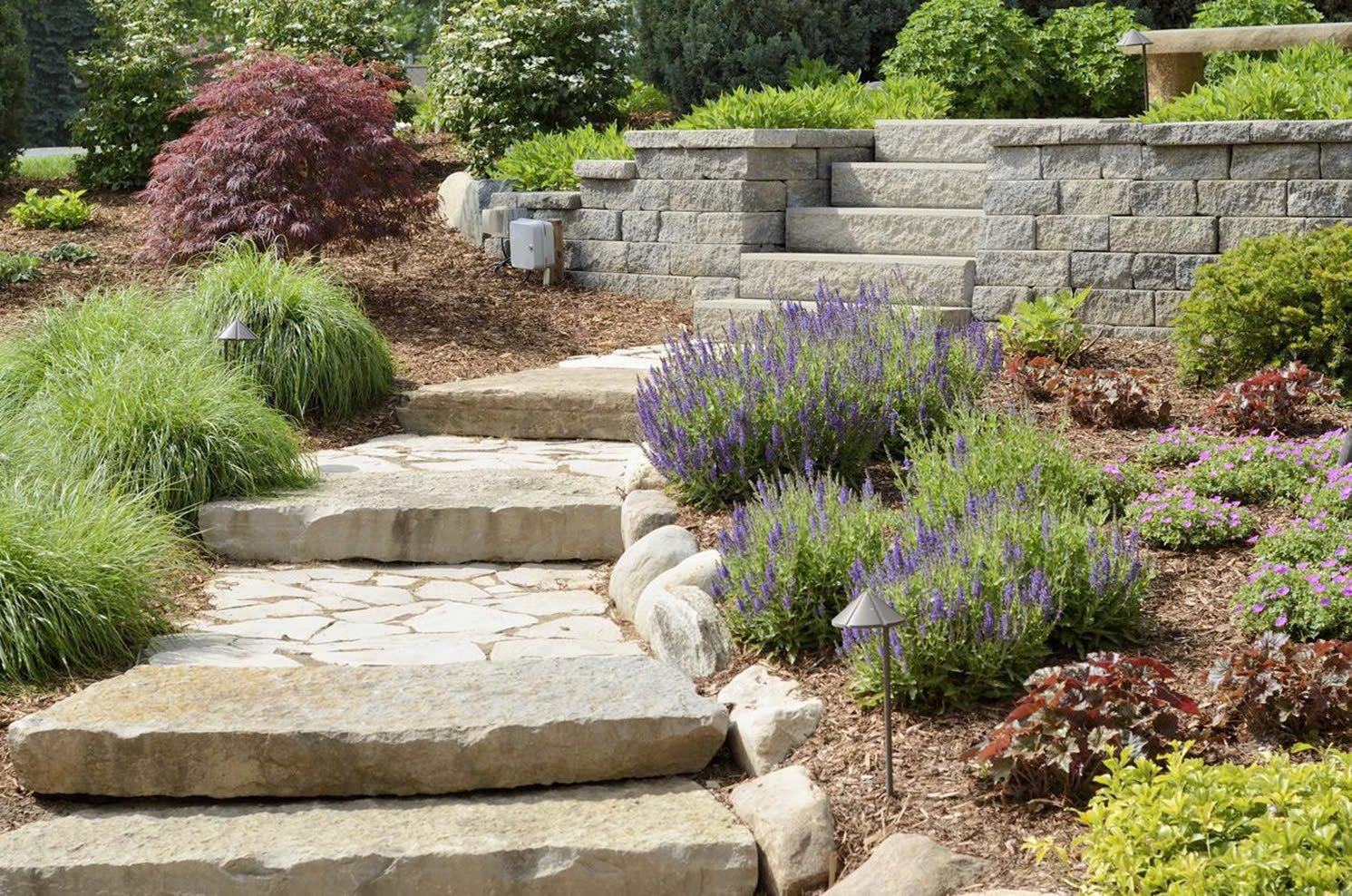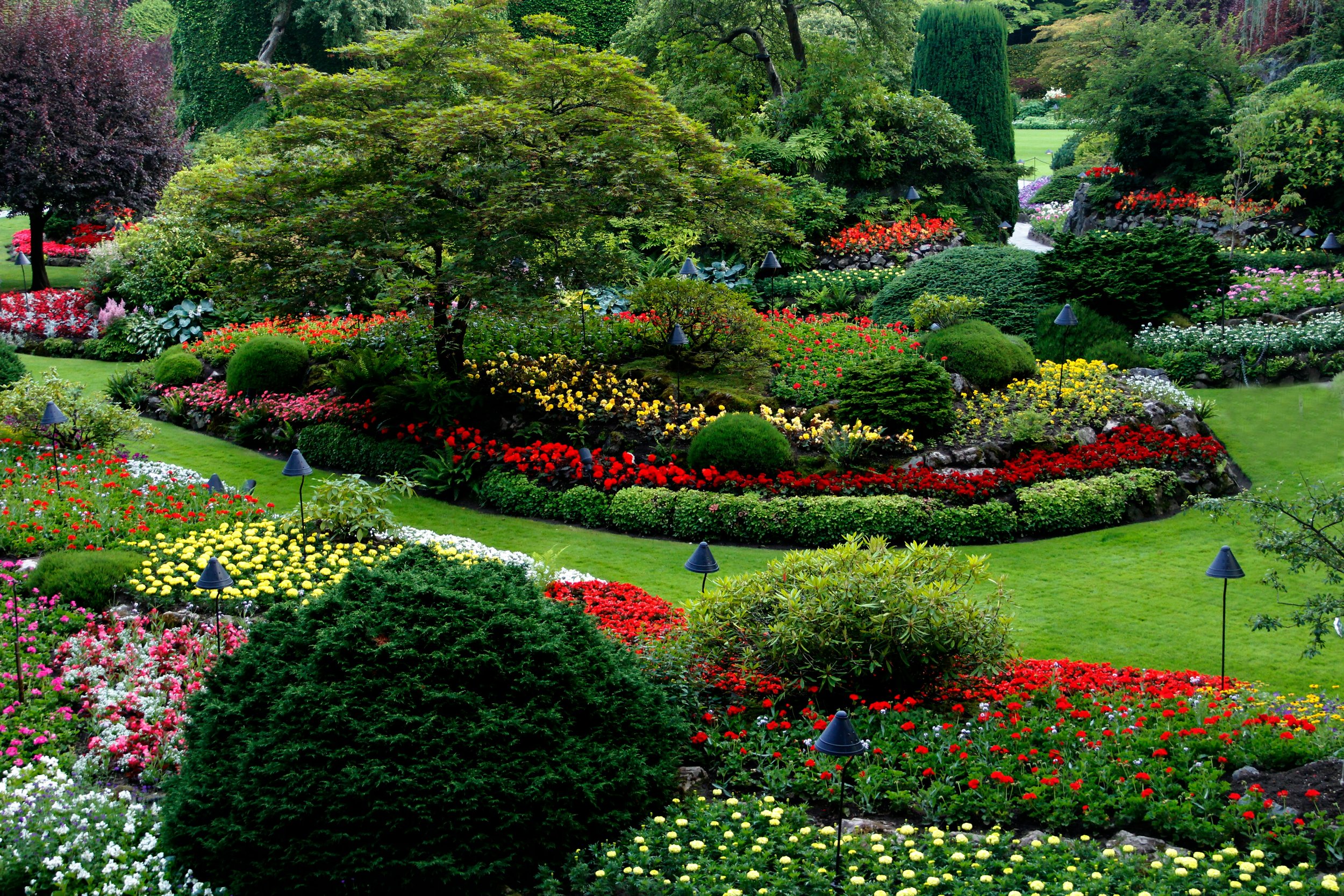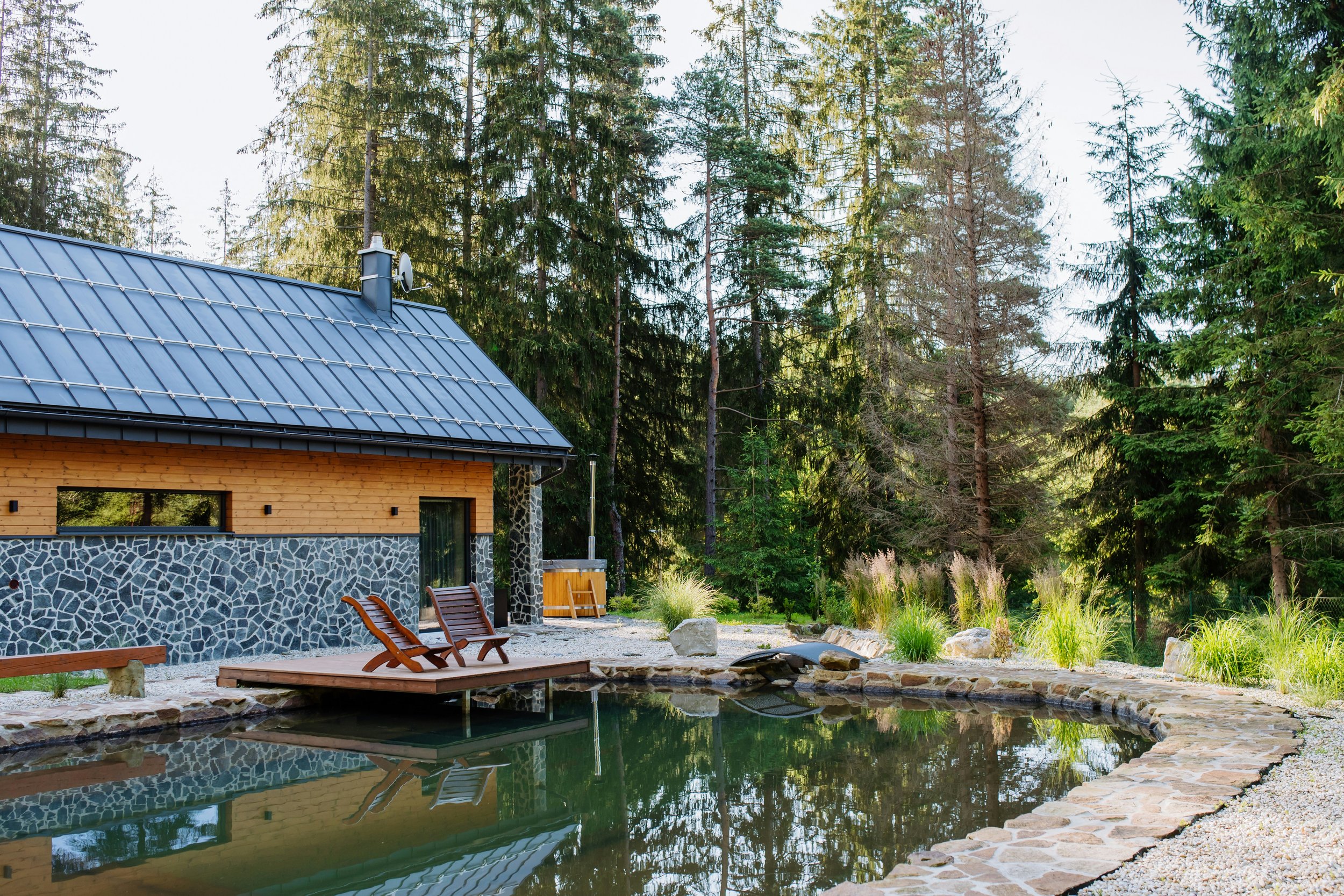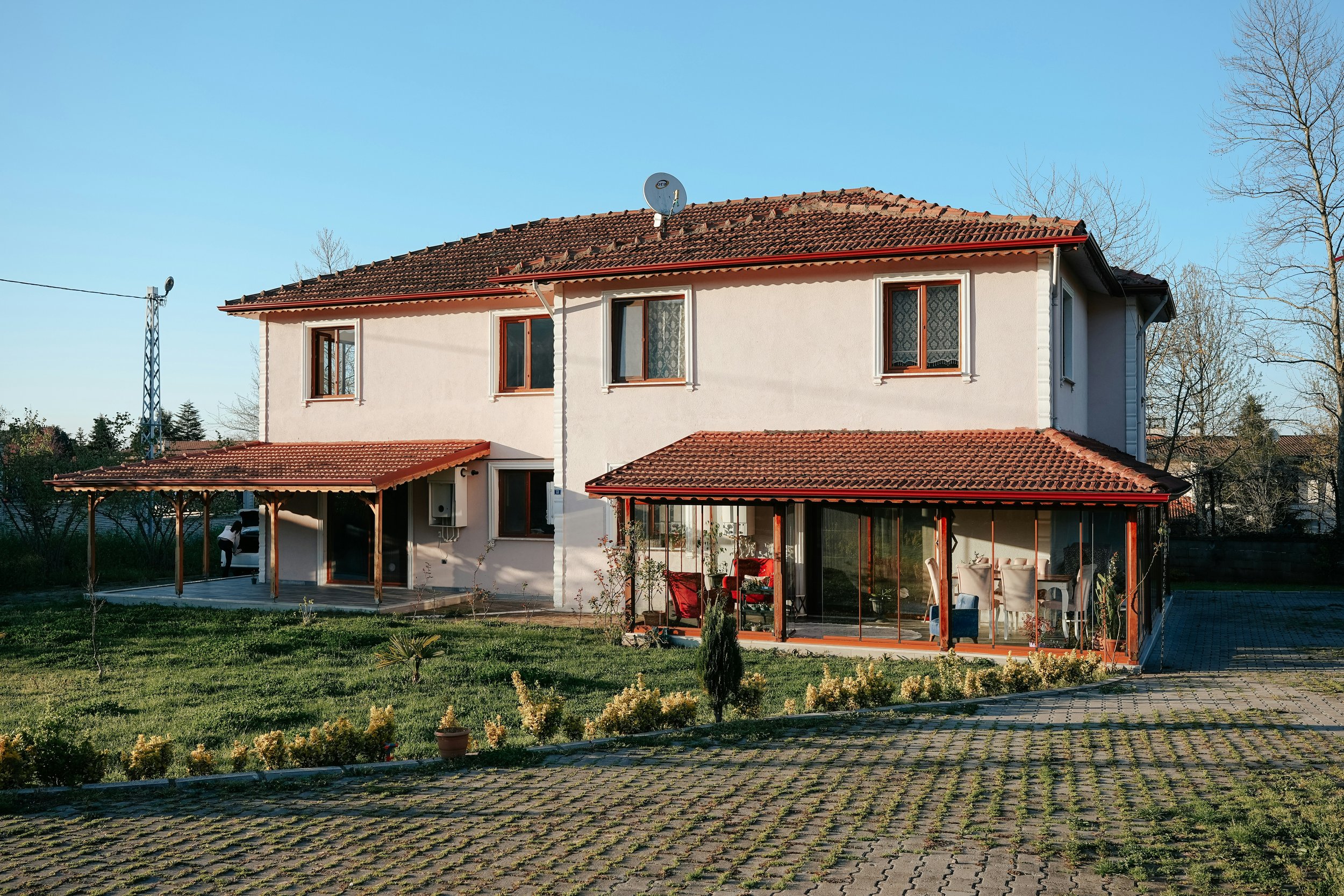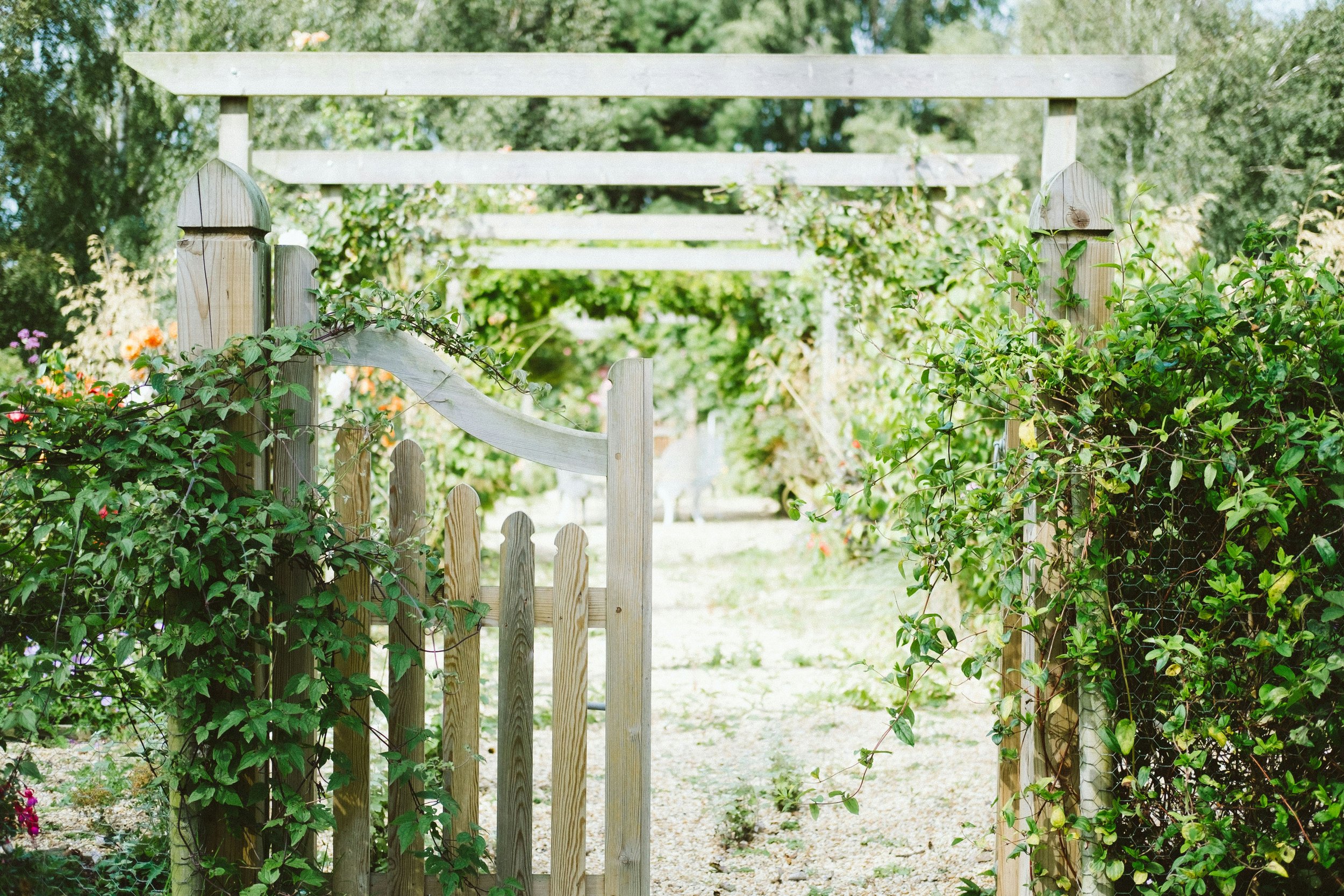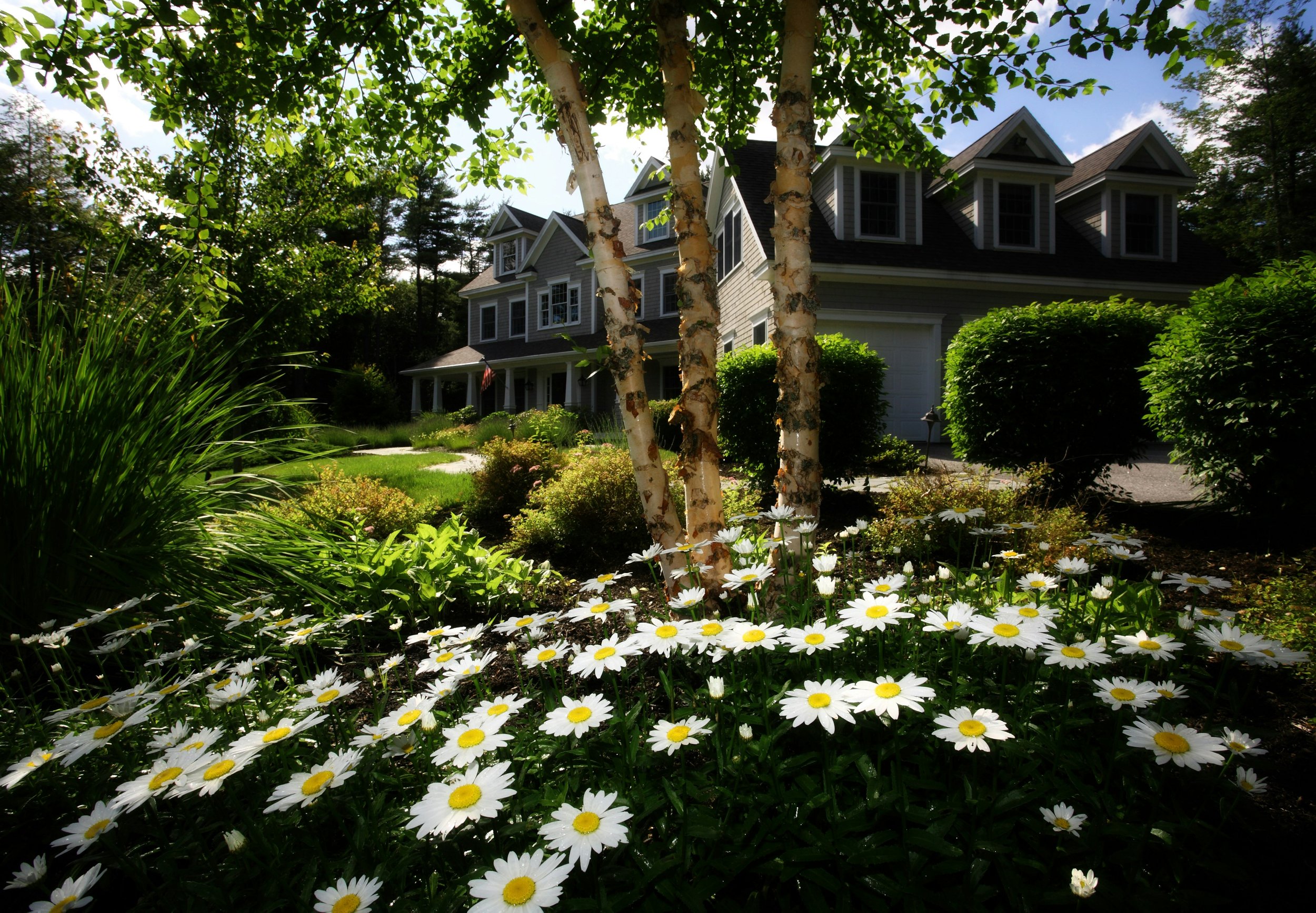DIY Landscaping: How Renting a Trencher Makes Your Job Easier
Tackle tough yard projects with ease—learn how renting a trencher can simplify your DIY landscaping and save you time, money, and backache.
Tackling a landscaping project yourself can be incredibly rewarding — and cost-effective. Whether you're installing irrigation, planting hedges, laying electrical cable for garden lighting, or creating a drainage system, a key part of many outdoor projects involves digging trenches. And that’s where a trencher comes in.
Instead of hours of backbreaking work with a shovel, a trencher can help you get the job done faster, cleaner, and more accurately. In this guide, we explore how renting a trencher can simplify your next DIY landscaping project — and why it’s a smart move for homeowners across Australia.
What Is a Trencher?
A trencher is a specialised piece of equipment designed to dig narrow, straight trenches in soil. They come in various sizes and configurations, from walk-behind models suited for smaller jobs, to larger ride-on trenchers used on construction or commercial sites.
There are two main types of trenchers:
Chain trenchers: Use a digging chain to cut into the ground, ideal for most garden and utility tasks.
Wheel trenchers: Use a toothed metal wheel, generally for tougher ground or when more depth is required.
For DIY projects, walk-behind chain trenchers are most commonly rented due to their ease of use and suitability for residential jobs.
Common DIY Landscaping Projects That Need Trenching
You might not realise just how often trenching is required for everyday landscaping tasks. Here are a few examples where a trencher can be incredibly helpful:
• Installing Garden Irrigation Systems
A trencher quickly digs uniform channels for laying drip lines or sprinkler piping, keeping your garden neat and efficient.
• Laying Electrical or NBN Cables
Want to light up your backyard or connect a shed to the internet? A trencher can help you safely bury cables to regulation depth with minimal disturbance.
• Drainage and Stormwater Control
Poor drainage can ruin a yard. Use a trencher to lay agi pipe or install a French drain to redirect excess water.
• Planting Trees or Hedges
Dig long, narrow trenches for planting rows of trees or shrubs — ideal for creating a windbreak or natural privacy screen.
• Building Retaining Walls
Some retaining wall footings or backfill trenches can be easily prepped with the help of a trencher.
Why Renting a Trencher Beats Manual Digging
1. Saves Time
Digging by hand is slow and exhausting — especially in clay-heavy or compacted soils. A trencher can complete a job in minutes that would take hours with a spade.
2. Consistent Trench Width and Depth
When laying pipes or cables, consistency is key. Trenchers offer precise depth settings, helping you stay compliant with local building codes and prevent future issues.
3. Less Physical Strain
Avoid the risk of back injury, blisters, or muscle fatigue. Trenchers do the heavy lifting so you can focus on getting the job done properly.
4. Professional Results
Trenchers leave a clean, straight cut, making your work look tidy and professional. That’s particularly helpful if the trench will be visible for a period before backfilling.
5. Cost-Effective
Buying a trencher is rarely worth it for homeowners, but renting gives you access to professional equipment at a fraction of the cost — often with daily or weekend hire rates to suit your project timeline.
How to Use a Trencher Safely and Effectively
Even for first-time users, walk-behind trenchers are relatively straightforward. Most hire centres will give you a quick rundown or offer tips to get started. Here are some basic safety and usage guidelines:
• Plan Your Trench Path
Mark out the area using spray paint or string. Avoid tree roots, paved areas, and steep slopes.
• Check for Underground Utilities
Before any digging, dial before you dig. In Australia, contact Before You Dig Australia (BYDA) to check for underground cables, water pipes, or gas lines.
• Wear Proper PPE
Always wear closed shoes or boots, gloves, and eye protection. Ear protection is also a good idea for extended use.
• Follow Instructions Carefully
Start the machine on level ground, adjust your trenching depth, and let the trencher do the work without forcing it. Keep hands and feet well clear of the digging chain.
• Work in Sections
Use slow, controlled movements. It’s better to work in shorter passes rather than forcing long, deep cuts all at once.
What to Expect When Hiring a Trencher in Australia
Hiring a trencher is simple and accessible through local equipment hire companies. Here’s what you can typically expect:
• Types Available
Mini trenchers for shallow work (like irrigation lines)
Medium walk-behind trenchers for standard garden and utility jobs
Heavier models available with delivery for bigger projects
• Rates
Daily hire for a walk-behind trencher generally ranges from $120 to $200, depending on size and your location. Some companies offer weekend deals or half-day rates.
• Inclusions
Adjustable depth settings (typically from 100mm to 600mm)
Trailer for transport, or delivery options
Fuel may be included, or a refuelling fee applies
• Identification and Deposit
Most hire centres require a valid ID and a deposit or credit card hold.
Extra Tips for a Smooth DIY Job
Have your backfill material ready — like soil, sand, or gravel — so you can cover the trench soon after completing the work.
Check your project’s regulations — particularly for electrical or plumbing trenches — as different states have depth requirements and may require licensed work for certain installations.
Choose the right trencher size — there’s no need to overdo it. A compact model is usually more than enough for residential landscaping.
Final Thoughts: Dig Smarter, Not Harder
DIY landscaping doesn’t have to mean sore backs and hours on your knees with a spade. Whether you're laying pipes, running cable, or solving drainage issues, renting a trencher can save you time, effort, and frustration.
With the right planning and a quality machine, you’ll be able to complete your trenching work efficiently and move on to the fun part — transforming your outdoor space.






